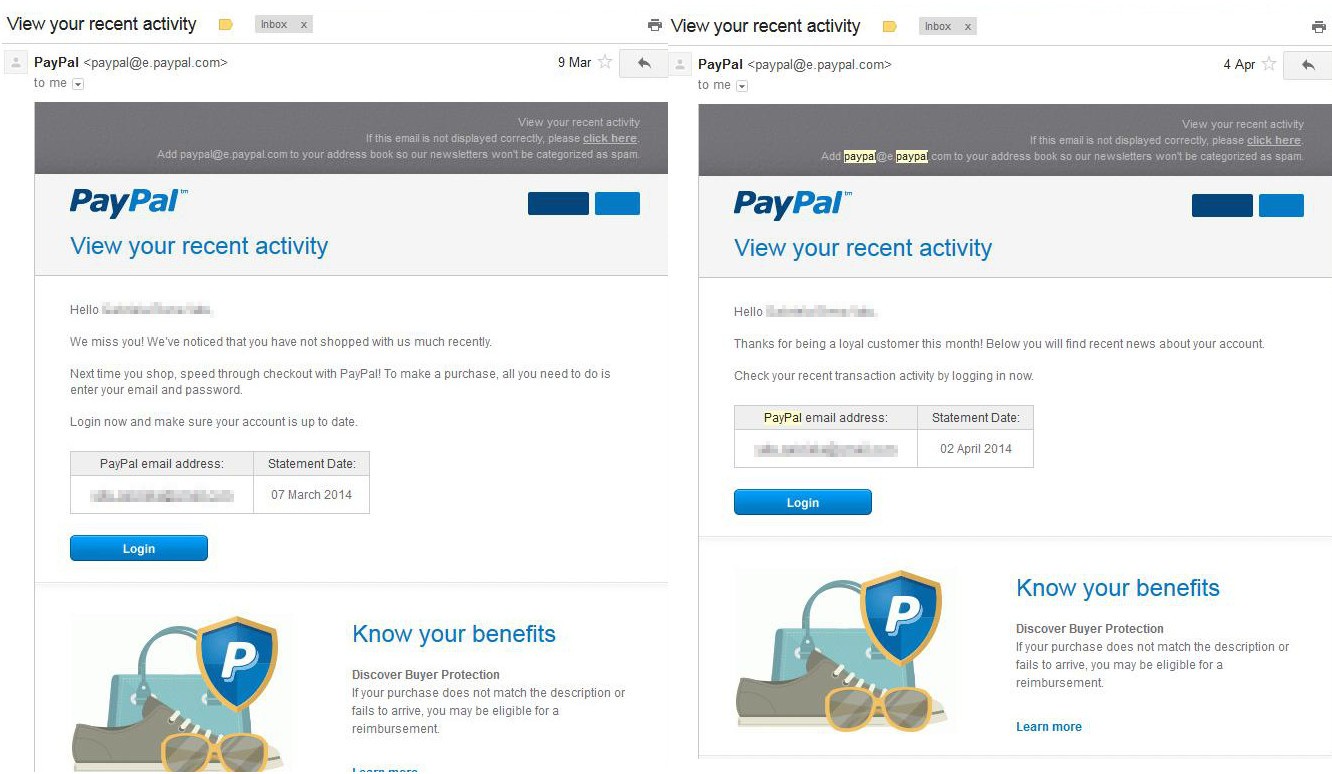

Meanwhile, the malicious pop-up replicates a real single sign-on page almost flawlessly.

However, anyone can purchase an SSL certificate and as such, the presence of ‘https’ doesn’t necessarily mean the site is safe. This signifies that the information sent to and from the website is encrypted, and that’s normally a sign that a website is legitimate. Why are these attacks so difficult to spot? For a start, the fraudsters have paid for an SSL certificate, meaning it has an ‘https’ domain.

The pages look almost identical to their genuine counterparts and can trick people into handing over their login credentials. The method, dubbed BitB (browser in the browser), fakes pop-up single sign-on windows for websites such as Google and Facebook. Browser-in-the-browser attack defies phishing guidanceĪ cyber security researcher has discovered a new phishing technique that makes attackers’ scams impossible to detect using the advice traditionally given to detect bogus emails. This month, we look at a new phishing technique that makes scams “invisible” and delve into a scam targeting British holidaymakers. Welcome to our April 2022 review of phishing attacks, in which we explore the latest email scams and the tactics that cyber criminals use to trick people into handing over their personal data.


 0 kommentar(er)
0 kommentar(er)
